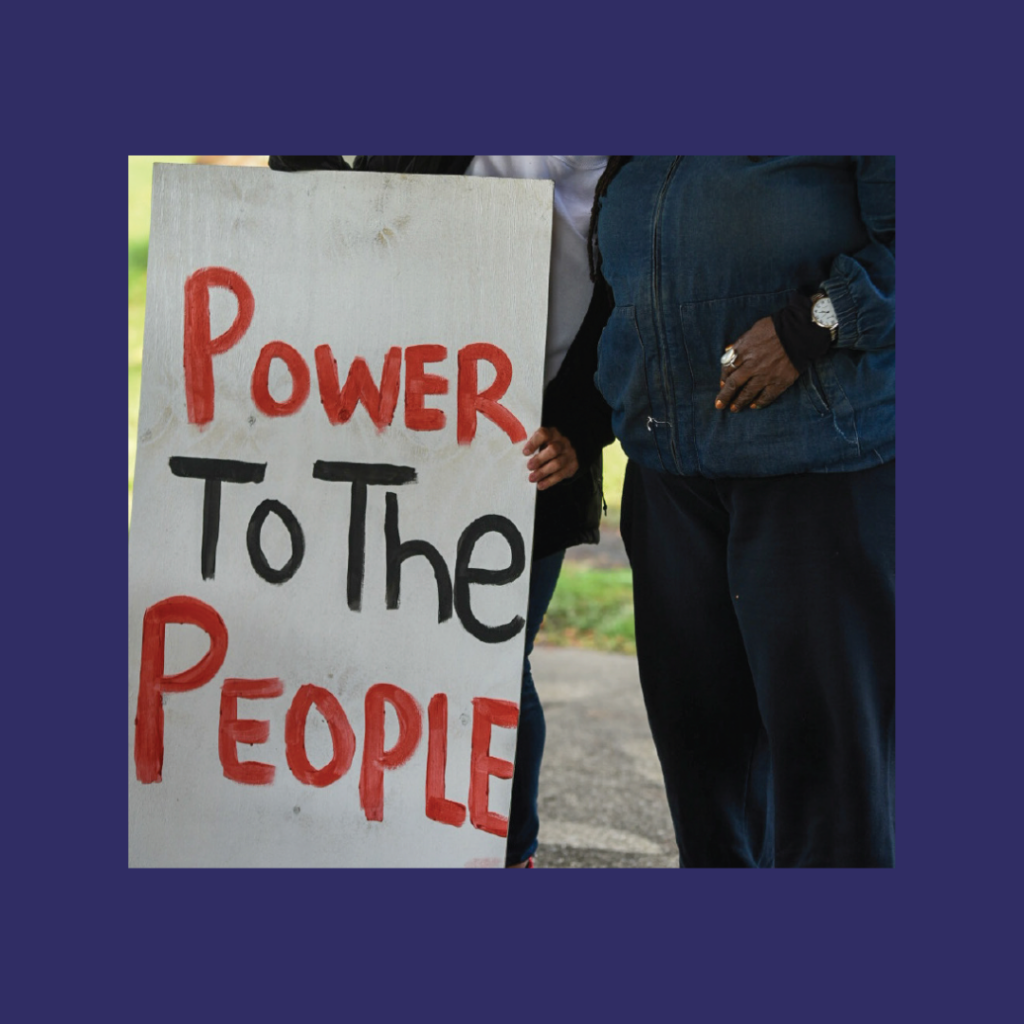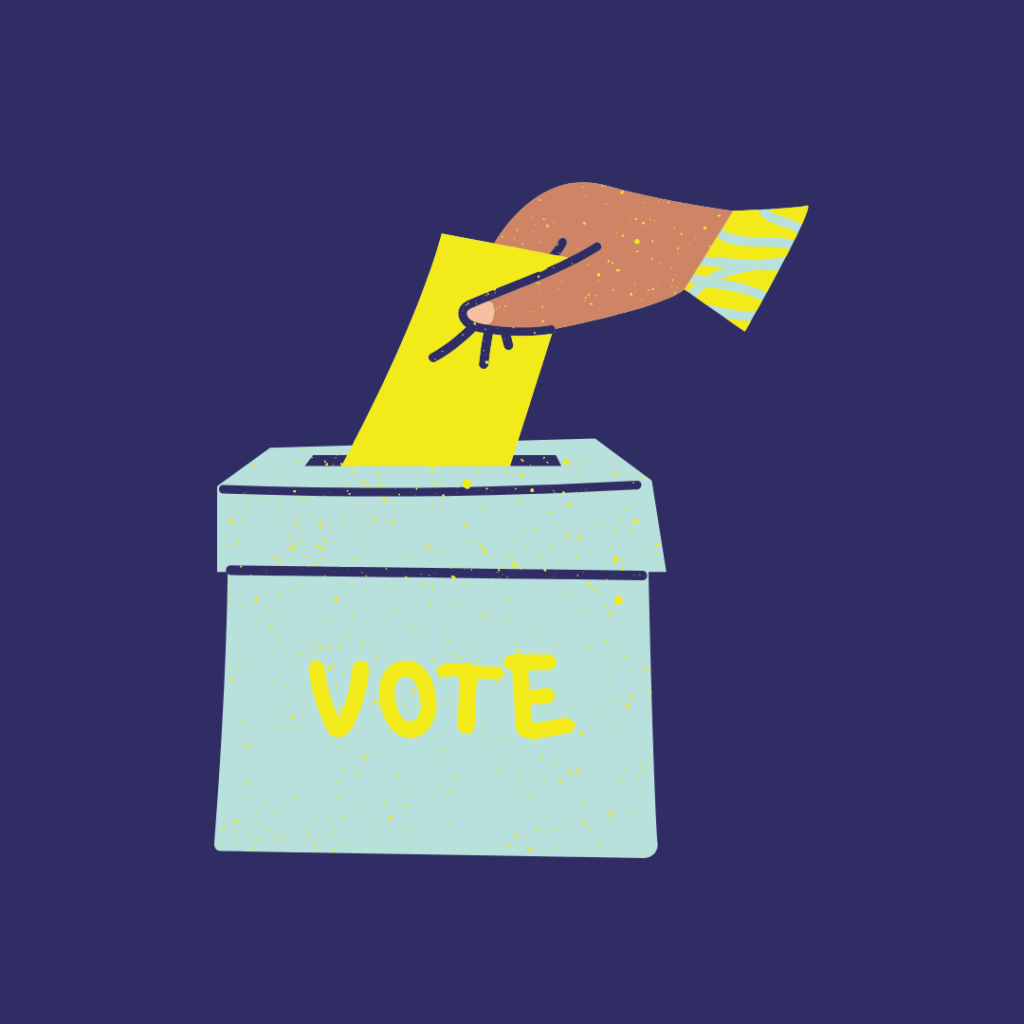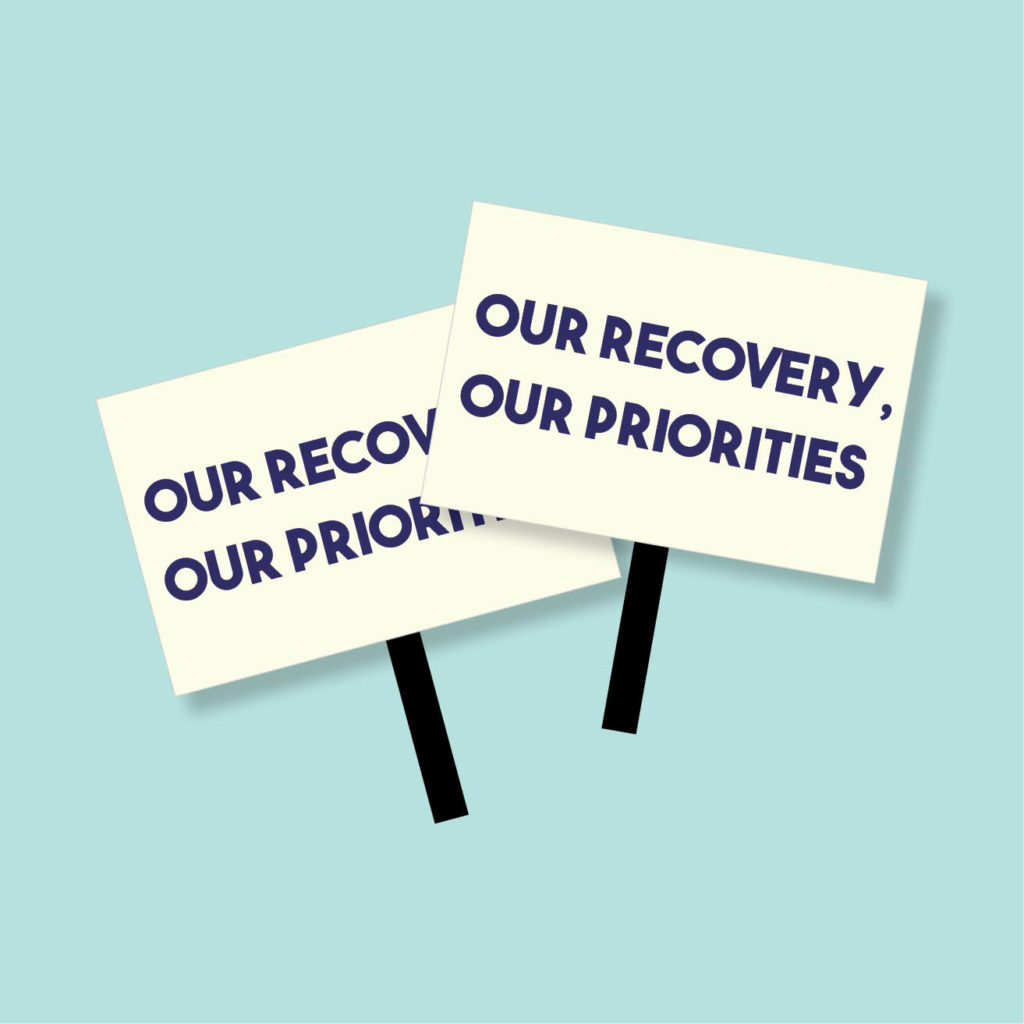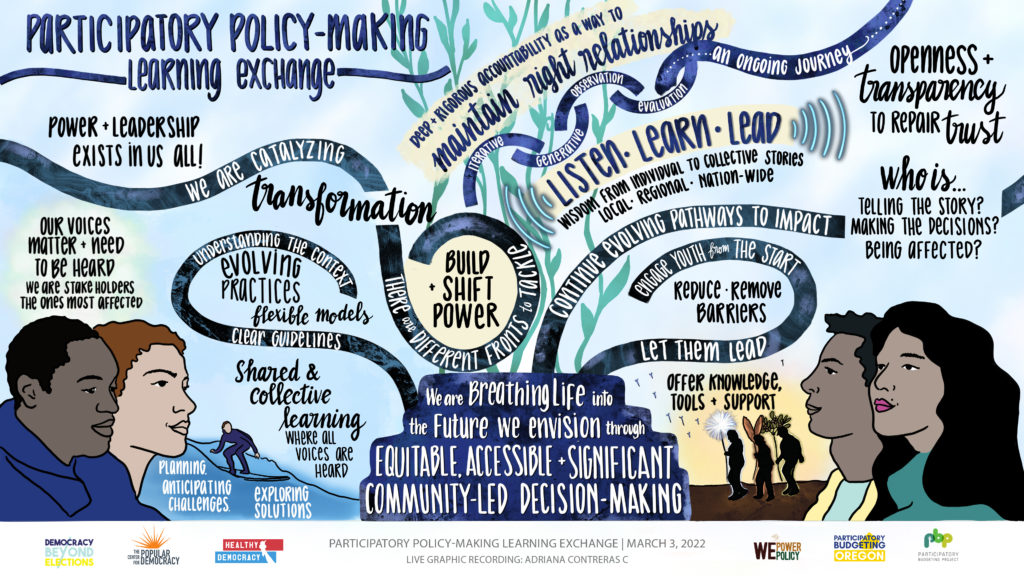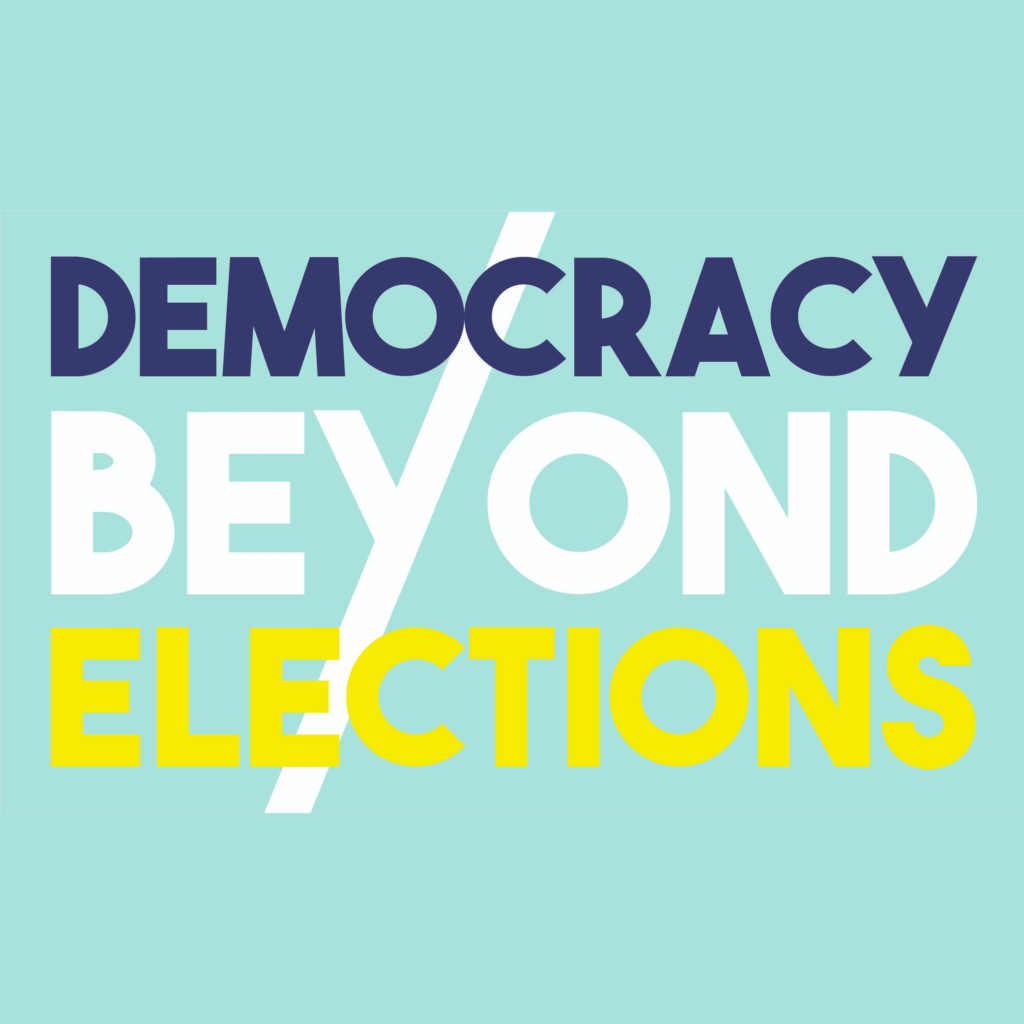Community-Driven Zoning and Development in Chicago’s 35th Ward
When Alderman Carlos Ramirez-Rosa took office in 2015, he initiated a six-month long process to restructure the way zoning and development decisions were made in Chicago’s 35th Ward. In Chicago, alderpeople have jurisdiction over zoning decisions, which has historically been one of their most significant sources of power. Alderman Ramirez-Rosa campaigned on a promise to democratize the zoning process by developing a new process that was transparent, democratic, and inclusive of everyone in the community regardless of their educational, citizenship, economic status, or dominant language.
The Process
The process of developing the community-driven zoning and development model was participatory in and of itself. First, the Alderman’s policy director worked with community groups to develop a set of best practices for a participatory planning process and conducted extensive research about what models exist in other cities. The office then developed a draft document outlining a set of proposed procedures, then solicited and incorporated feedback from community groups over the course of several months. Once the community groups gave a green light on the revised document, the Alderman published the guide on his website and via his newsletter. He then solicited feedback again, this time from the broader community as a whole. After another month-long process of accepting feedback, the office ratified the procedures and guidelines for what they now call community-driven zoning and development. Critically, the process offered many opportunities for community members and community groups to both shape and provide feedback on the proposed model, which required a significant investment in time.
The model has three basic components: 1) When an applicant seeks a zoning change, they must submit an application with key details about the project, including information about the developers and contractors; 2) Once the Alderman receives the application, it must also be sent to one of several community groups for review (a set of groups that have taken on an advisory role). The reviewing community group has the opportunity to meet one-on-one with the Alderman’s office and make recommendations about how the office should respond; 3) Finally, if the community group deems that the project may proceed through the process, it moves to a full community meeting for feedback. [1]
Alderman Ramirez-Rosa’s office has taken great care to be inclusive in their outreach efforts. To communicate that they are serious about hearing from everyone in the community, the Alderman requires that meetings be advertised in the two dominant languages in the community (English and Spanish) to every resident living within 750 feet of a proposed development. Importantly, these notifications have to be in plain language rather than legal jargon. The developer/zoning applicant must also post this information on a two- by three-foot sign on the property and is required to pay for all of the outreach.
Once the notices have been distributed, the office hosts a community meeting, which is thoughtfully designed and facilitated so that a diverse group of attendees may participate. The meetings must be run in English and Spanish. In one instance, all attendees except the developer spoke Spanish so the whole meeting was run in Spanish, with English translation provided for the developer. Meetings follow a standardized format, where a facilitator first lays out a set of community ground rules, then the applicant gives a 20-minute presentation, and finally participants have 30 minutes to provide feedback. Meetings must be recorded with minutes taken, and comment cards must be distributed in both English and Spanish. Meetings take place during times that are accessible to most people, and childcare is provided.
Based on the feedback from community meetings, Alderman Ramirez-Rosa decides whether or not he will support a proposed zoning change. Every piece of feedback received—comment cards, emails, and recordings of the meeting—are all uploaded on a website for public viewing. This ensures transparency about how the community responded, how they voted, and the Alderman’s final decision.
Obstacles Overcome
& Lessons Learned
The Alderman has confronted a number of challenges as he has sought to democratize the zoning process. Initially, people did not actually believe they had real influence over the outcome of a decision. Residents felt like they had to be disruptive to have their voices heard because they were accustomed to being ignored by government. In addition, the Alderman learned that he had to make sure residents understood that he was not taking campaign contributions from developers, or they would assume otherwise—an understanding that has helped to generate buy-in for the model. After running the process several times, people started to realize that they were part of a truly democratic process in which they were driving decision-making, but it took repetition and standardization of the process (and, thus, some patience by the Alderman and his staff, as well as by residents) to gain this trust. Once this shift occurred, community meetings became much more generative and fruitful.
Another challenge was that initially more affluent, white residents were overrepresented in community meetings, which is a common issue in many communities.[2] As time went on, due largely to intentional bilingual outreach and advertising, turnout has become much more diverse and is now representative of the community at large. However, the office has not tracked participant data—a gap that they have identified in the initiative to-date.
The participatory zoning and development process has had a number of significant impacts. First, some of the community group participants have seen their membership increase as a result of residents’ new recognition of their important role in the community. The process has also facilitated stronger connections between participant groups who were previously working in silos. A number of groups that were initially meeting separately with developers have now formed the Logan Square Zoning Table, which enables them to meet and negotiate with developers collectively. In addition, the process has fostered a greater understanding between some of these groups. For example, previously some of the preservationist groups and social justice groups were at odds in their approaches, but now, as a result of working more closely with the social justice groups, preservationists talk about preserving the people in the community—and not just the built environment itself. Most importantly, the process has empowered people in the community to participate in a democratic process in which they are directly driving decisions about changes in their own community, ultimately leading to more equitable development outcomes.
Citations
[1] To learn more about the process, see: “Community-Driven Zoning and Development,” Councilman Carlos Rosa, accessed February 5, 2020, http://www.aldermancarlosrosa.org/cdzd.
[2] Einstein, Palmer, and Glick, “Who Participates in Local Government?”
